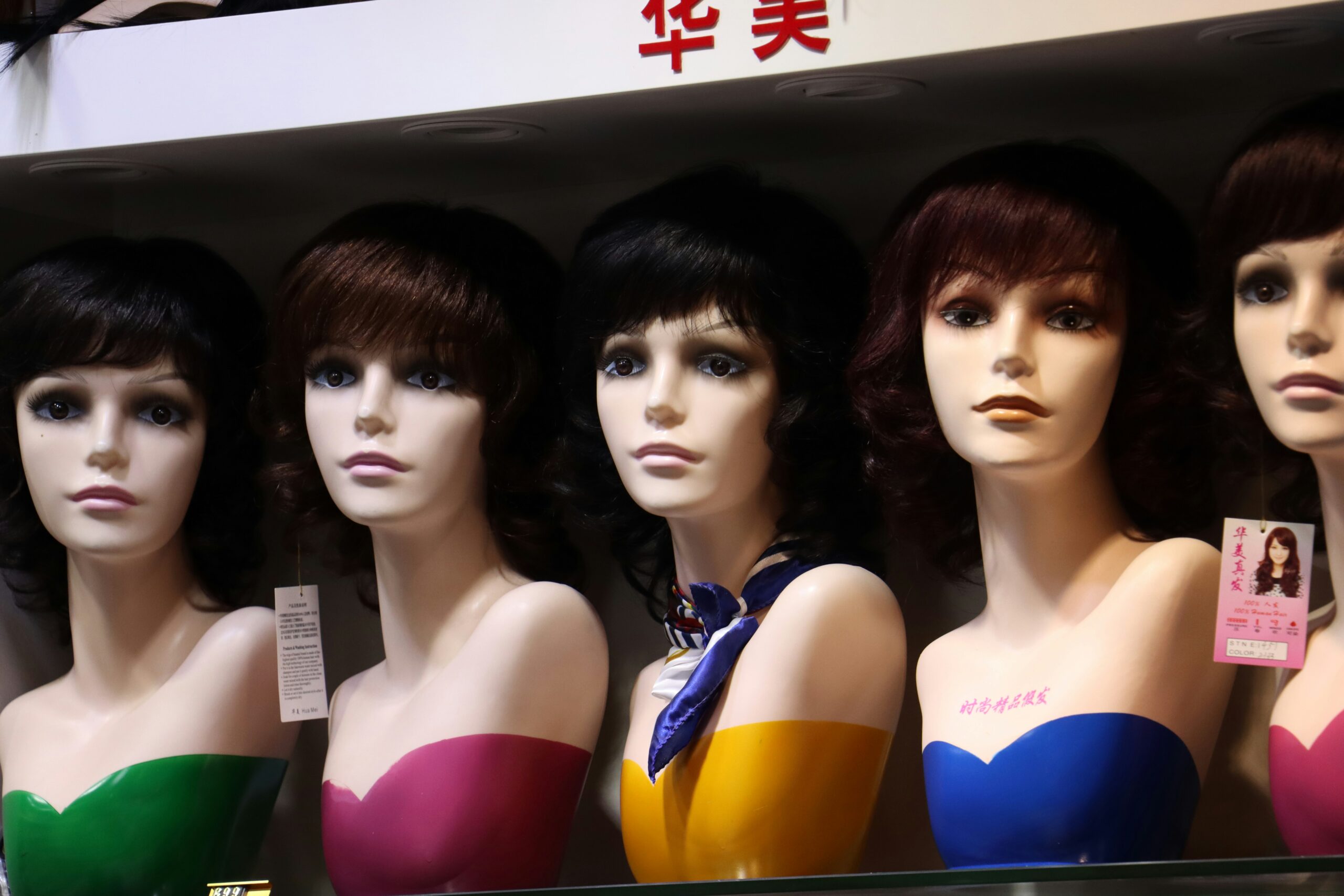Introduction
In recent years, the fashion industry has undergone a significant transformation, with sustainable fashion emerging as a crucial trend. As consumers become more conscious of the environmental and social impacts of their clothing choices, sustainable fashion has gained momentum worldwide. This article explores the concept of sustainable fashion, its importance in modern society, and how it is shaping the future of the clothing industry.
1. What is Sustainable Fashion?
Sustainable fashion refers to the production, design, and consumption of clothing that minimizes negative environmental impacts and promotes ethical practices. This approach to fashion seeks to reduce waste, conserve natural resources, and ensure that the people involved in garment production are treated fairly.
The key elements of sustainable fashion include the use of eco-friendly materials, ethical labor practices, and a focus on reducing carbon emissions. It challenges the traditional model of fast fashion, which emphasizes mass production, low costs, and high turnover rates at the expense of the environment and workers’ rights.
2. The Environmental Impact of the Fashion Industry
The fashion industry is one of the largest contributors to environmental degradation. The production of clothing requires vast amounts of water, energy, and chemicals. For example, producing a single cotton T-shirt can use up to 2,700 liters of water, which is equivalent to what one person drinks in two and a half years.
Additionally, the fashion industry is responsible for 10% of global carbon emissions—more than international flights and maritime shipping combined. The use of synthetic fibers, which are non-biodegradable, contributes to plastic pollution in oceans and landfills.
Fast fashion has exacerbated these problems, as clothing is often designed to be worn for a short time and then discarded, leading to increased waste. The average consumer now buys 60% more clothing than they did 15 years ago, but keeps each garment for half as long.
3. The Rise of Eco-Friendly Materials in Fashion
One of the cornerstones of sustainable fashion is the use of eco-friendly and sustainable materials. These materials are derived from renewable resources and have a lower environmental footprint compared to traditional fabrics like cotton and polyester. Some of the most popular eco-friendly materials include:
- Organic Cotton: Grown without the use of harmful pesticides and fertilizers, organic cotton uses significantly less water and is better for both the environment and the farmers growing it.
- Bamboo: Bamboo is a fast-growing plant that requires no pesticides and little water. It is biodegradable and can be turned into soft, durable fabric.
- Hemp: Hemp is a highly sustainable crop that grows quickly, requires minimal water, and improves soil health. It can be used to make strong, breathable fabrics.
- Recycled Polyester: Made from recycled plastic bottles, this material reduces waste and the need for virgin polyester, which is made from fossil fuels.
Using these sustainable fabrics helps reduce the environmental impact of fashion production and encourages a more responsible use of resources.
4. Ethical Labor Practices in Sustainable Fashion
Beyond the environmental aspect, sustainable fashion is also concerned with ethical labor practices. The fast fashion industry has long been criticized for exploiting workers in developing countries, where low wages, poor working conditions, and unsafe factories are common.
Sustainable fashion brands prioritize fair wages, safe working environments, and respect for workers’ rights. Many brands are now committed to transparency, ensuring that consumers know where and how their clothes are made.
Fair trade certifications and organizations like the Fair Wear Foundation work to ensure that garment workers are treated ethically and paid fairly for their labor.
5. The Role of Circular Fashion
A key concept within sustainable fashion is circular fashion, which focuses on designing and producing clothing in a way that minimizes waste and maximizes the lifespan of garments. In a circular fashion system, clothes are made to be durable, easily repairable, and recyclable.
Instead of discarding clothing, circular fashion promotes practices like:
- Recycling: Turning old garments into new fabrics or clothing items.
- Upcycling: Repurposing old clothes into new products with higher value.
- Clothing Rental Services: Allowing consumers to rent clothes for special occasions instead of buying new ones.
- Second-Hand Shopping: Encouraging the purchase of used clothing, reducing the demand for new garments.
By adopting a circular approach, the fashion industry can significantly reduce waste and create a more sustainable system.
6. Slow Fashion vs. Fast Fashion
At the heart of the sustainable fashion movement is the concept of slow fashion, which contrasts sharply with the fast fashion model. Fast fashion encourages consumers to buy cheap, trendy clothing in large quantities, which leads to overconsumption and waste.
In contrast, slow fashion advocates for purchasing fewer, high-quality pieces that are made to last. Slow fashion focuses on:
- Timeless designs that won’t go out of style after one season.
- High-quality materials that are durable and can withstand wear.
- Ethical production methods that respect both workers and the environment.
By choosing slow fashion, consumers can reduce their environmental impact and contribute to a more sustainable clothing industry.
7. Sustainable Fashion Brands Leading the Way
Many fashion brands have embraced the sustainable fashion movement and are working to change the industry for the better. Some of the most notable brands include:
- Patagonia: Known for its commitment to environmental responsibility, Patagonia uses recycled materials and promotes clothing repair to reduce waste.
- Stella McCartney: A pioneer in sustainable luxury fashion, Stella McCartney refuses to use leather or fur in her designs and advocates for animal rights and environmental protection.
- Everlane: A brand that promotes radical transparency, Everlane provides detailed information about the factories it works with and the costs associated with each garment.
These brands are setting an example for the rest of the industry, proving that it is possible to create fashionable, sustainable clothing without compromising on style or quality.
8. The Role of Technology in Sustainable Fashion
Technology is playing a crucial role in advancing sustainable fashion. From 3D printing to blockchain technology, innovations are helping the fashion industry become more eco-friendly and transparent.
- 3D Printing: This technology allows designers to create clothes with minimal waste, as it only uses the material necessary to create the garment.
- Blockchain: Blockchain can help improve supply chain transparency, allowing consumers to trace the origins of their clothing and ensure that ethical practices are being followed.
With the help of technological advancements, the fashion industry can become more efficient and sustainable in the long run.
9. Consumer Responsibility in Sustainable Fashion
While brands have a significant role to play, consumers also have the power to drive change in the fashion industry. By making conscious decisions about what we buy and how we care for our clothes, we can contribute to a more sustainable future.
1. Buy Less, Choose Well
Instead of buying cheap, trendy clothing, invest in high-quality pieces that will last longer. Focus on timeless designs that you’ll wear for years.
2. Take Care of Your Clothes
Properly caring for your clothes can extend their lifespan. Washing less frequently, using cold water, and air-drying can all help preserve your garments.
3. Support Sustainable Brands
When possible, choose to buy from brands that prioritize sustainability and ethical practices.
10. The Future of Sustainable Fashion
As awareness of the environmental and social impacts of the fashion industry grows, the demand for sustainable fashion is expected to rise. Consumers are increasingly looking for clothing that aligns with their values, and brands are responding by adopting more responsible practices.
The future of fashion will likely see even greater emphasis on eco-friendly materials, circular fashion, and ethical production. With continued innovation and commitment from both consumers and brands, the fashion industry can move towards a more sustainable and equitable future.
Conclusion
Sustainable fashion is not just a passing trend—it is the future of the clothing industry. By embracing eco-friendly materials, ethical labor practices, and circular fashion principles, we can reduce the environmental impact of clothing production and create a more sustainable world. As consumers, we have the power to drive this change by making conscious choices and supporting brands that prioritize sustainability.
The shift toward sustainable fashion represents a necessary and positive evolution in how we approach clothing. With continued efforts from all sectors of the industry, we can ensure that fashion becomes a force for good, benefiting both people and the planet.




